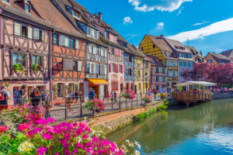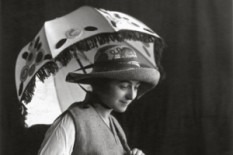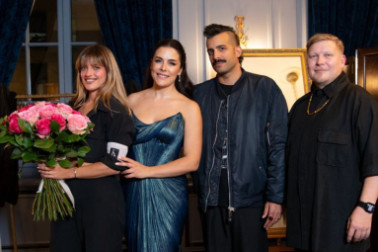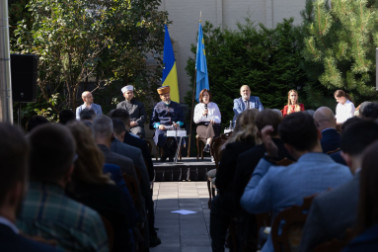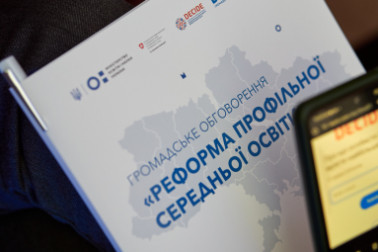Visiting the vineyards of Switzerland provides a captivating opportunity to explore the richness of grape varieties and winemaking traditions. An undeniable bonus of such journeys is the incredibly picturesque landscapes featuring both regular and terraced vineyards, cozy wineries, and wine cellars where you can taste local wines and learn about the history of winemaking in the region.
Interesting Facts about Wine Production in Switzerland
- The first ceramic wine bottle, dating back to the 2nd century BC, was found near Sembrancher in the Celtic burial mound. The inscription on the bottle indicates that it once contained wine.
- White grape varieties account for 42% of Switzerland's vineyards, while red grape varieties make up 58%.
- Switzerland produces approximately 148 million bottles of wine annually.
- Nearly all national production is consumed within the country; less than 2% of Swiss wine is exported.
- Most Swiss people prefer local wines, consuming approximately 40 bottles per person annually.
- Now, let's immerse ourselves in Swiss wine and discover where you can experience it firsthand.
Most Intriguing Vineyards and Wineries in Switzerland:
Switzerland is home to many beautiful wineries in various cantons, each with its history, winemaking peculiarities, and unique wines that vary in character and taste.
 Vineyards in Lavaux:
Vineyards in Lavaux:
The Lavaux vineyards are a perfect destination for wine and nature enthusiasts in the Vaud canton, not far from Lausanne.
This vast winemaking region covers 805 hectares, with rows of grapevines stretching approximately 30 kilometers. Grape cultivation in Lavaux dates back to Roman times, and the current vineyards trace their origins to the 11th century when Benedictine monks practiced winemaking here. These vineyards are now a UNESCO World Heritage Site.
One of Switzerland's most famous wines, Fendant, is derived from the local Chasselas grape variety, which originates from this region.
The stone terraces with vineyards in the Lavaux region are popular among tourists, who are enchanted by the unique landscapes and the refined taste of the wine. Private wineries offer guided tours and tastings.
Additionally, there is a tourist train that runs through the Lavaux vineyards.
A visit to Domaine Croix Duplex winery, just a 12-minute train ride from Lausanne, is highly recommended. Here, you'll encounter breathtaking views, friendly winery owners who will share the history of their craft, and the opportunity to witness the winemaking process while uncovering many secrets of wine production.
 Vineyards in Neuchâtel
Vineyards in Neuchâtel
This region is often referred to as the "Three Lakes Region." In addition to Lake Neuchâtel, which gave the city and canton their names, there are two other lakes here - Biel and Murten. Splendid grapes are grown among these three lakes, giving rise to white and red wines, often made from the Pinot Noir grape variety.
In addition to delightful walks through the vineyards and the opportunity to taste fine wines, you can visit the Neuchâtel Museum and the wine shop at Château de Boudry. We also recommend visiting the incredibly beautiful wine cellar in Boudry, housed in a charming 19th-century tower. Admission is free, and the atmosphere and panoramic views are simply incredible. Of course, you'll have the opportunity to sample local wines there. Explore the region with this guide: Neuchâtel Wine Region.
 Vineyards in Ticino
Vineyards in Ticino
This region is located on the southern side of the Alps, bordering Italy. It enjoys a Mediterranean climate, and there are more red varieties, primarily Merlot among the grapes. This grape variety dominates most local vineyards, covering approximately 1000 hectares. The picturesque vine rows ascend along the slopes of Lake Lugano, creating a lovely visual effect.
Among the local wineries, the family-owned HuberVini winery stands out. It is located in beautiful 17th-century buildings and is the home of the Huber family, the winery's owners. Along with a few assistants, the family cultivates 6.8 hectares of vineyards and produces about 25,000 bottles of wine each year. Visit them at the winery to savor the beauty taste and learn fascinating details about the family's winemaking passion. Find more options from Ticino winemakers here: Ticino Wineries.
 Bündner Herrschaft - Wines of the German-speaking Cantons
Bündner Herrschaft - Wines of the German-speaking Cantons
This extensive territory (2662 acres) covers seventeen cantons, divided into three winemaking regions: the western part with Basel and Aargau, the central part with Zurich, Thurgau, and Schaffhausen, and the eastern part with Graubünden and St. Gallen. Here, predominantly red grape varieties grow, with Pinot Noir, also known as Blauburgunder, being the dominant one. However, there are also a few white varieties, with Riesling-Sylvaner being called Riesling here, producing wines with a German character.
You have the most significant variety of choices in this region, so follow your heart. However, we recommend paying attention to Vinorama, located in a former town hall. There, you can taste fresh whites and rich reds with fruity notes. You can also discover the secrets of the best local wines and learn a lot of interesting information about this winemaking region. Learn more here: German-speaking Switzerland Wine Region.
Visit these charming vineyards, enjoy the journey, and, if you wish, a glass of wine, each with its unique taste in every region. Explore even more options here: Switzerland Wine Country. We are confident that after visiting these vineyards, you will realize that Switzerland is renowned not only for chocolate and cheese but also for its outstanding wines.
